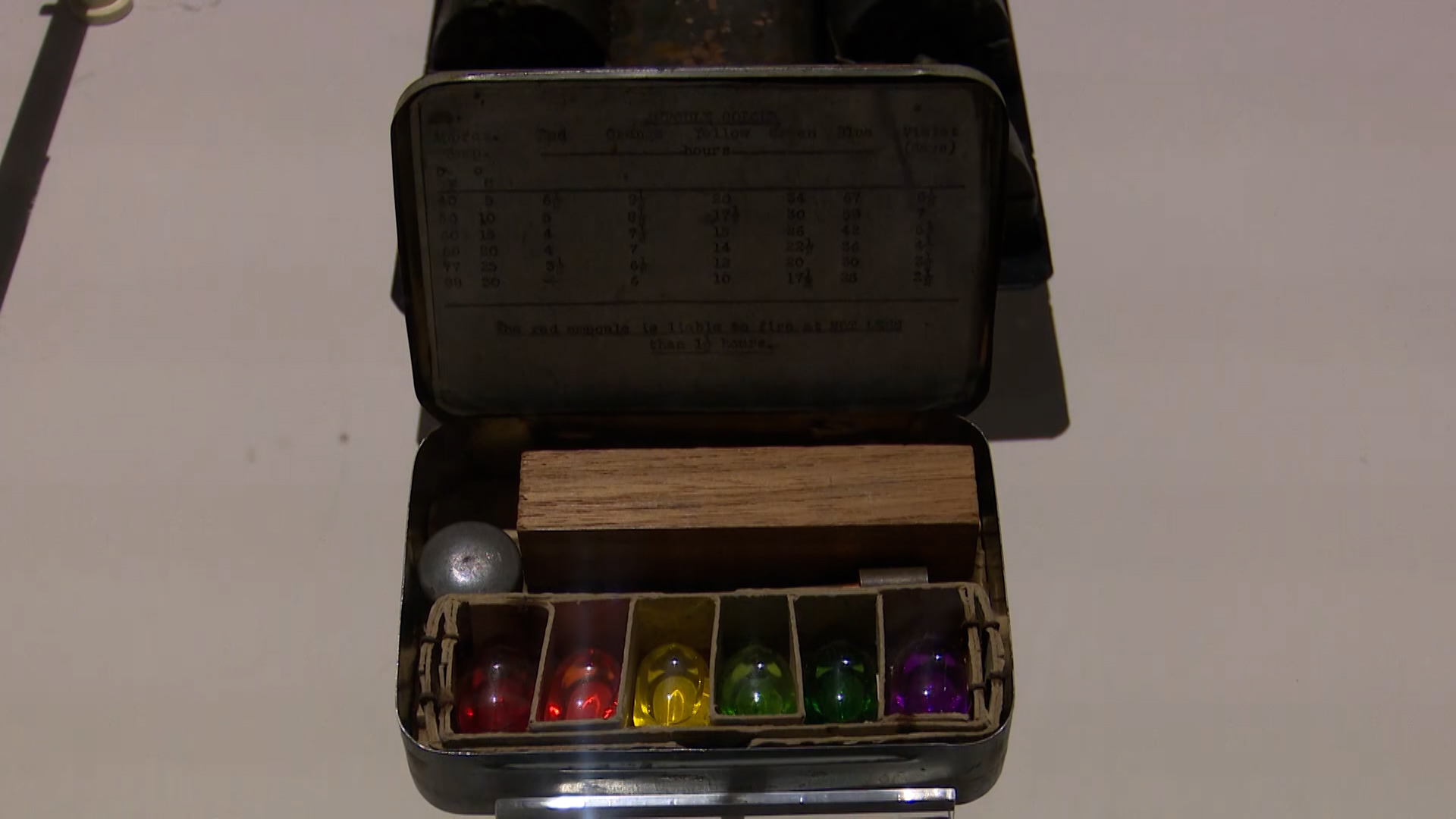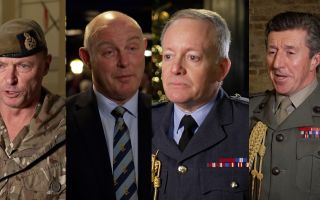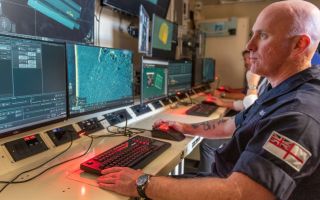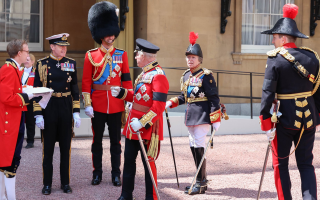
Cockleshell Heroes: The famous WW2 Royal Marines who took on the Nazis in kayaks

On 7 December 1942, 13 Royal Marines Commandos took part in an operation that would cement their legendary status in military folklore.
During the Second World War, Bordeaux was a key port for Germany, allowing the country to trade with the Far East.
This made it an important target for Allied forces, but the French city was heavily defended – meaning any land, sea or air attack would result in heavy losses.
One marine, Herbert 'Blondie' Hasler, had an idea.
Growing up, he was a very keen sailor and built his first canoe as a child – following instructions from an issue of the Boy's Own publication.
He had already been awarded an OBE and was mentioned in despatches during his service in Norway in 1940, but Bordeaux gave him the opportunity to present a new idea.
His proposal to the Admiralty was to use collapsible canoes to attack enemy ships while they were still in the harbour, using silence and time-detonated mines to ensure they did not attract attention.

His idea was initially rejected, but Combined Operations Headquarters eventually took notice, inspired by successful small vessel enemy attacks in harbours.
Hasler got to work with his new unit, the Royal Marines Boom Patrol Detachment, before it eventually took on Operation Frankton – attacking Bordeaux.
In 1942, six kayaks, nicknamed 'cockles', and 13 men planned to arrive in France on the submarine HMS Tuna.
It was only when the men were in the submarine that they were informed of the mission, previously believing they were set to operate in Norway.
Many of the men believed it was going to be a one-way mission, with the only way out of Nazi territory involving a walk across France, over the Pyrenees mountains and into neutral Spain, where the men could head for Gibraltar.
All six kayaks had the codenames of sea animals – Catfish, Crayfish, Cachalot, Conger, Cuttlefish and Coalfish.
Travelling nearly 70 miles over five days in the kayaks, only two made it all the way to Bordeaux on the night before the attack.

Hasler was one, accompanied by Marine Bill Sparks in the kayak codenamed Catfish, and Corporal Albert Laver and Marine William Mills in Crayfish.
The others didn't make it. Cachalot was damaged before launch, Conger capsized, with the men dying of hypothermia, and the commandos of Cuttlefish and Coalfish were captured after coming ashore.
Hasler and Sparks avoided an enemy sentry, and the two kayaks managed to damage six enemy ships.
They attached themselves to the ships with magnets and fixed on a bomb. This would involve using an acid that would leak into a chamber and cause a chemical reaction and explosion.
After coming ashore, both crews sunk their kayaks and fled to the Spanish border, with only Hasler and Sparks managing to reach Spain and make it back to Great Britain.
The others, as a result of Hitler's 'Commando Order', were executed without trial.
The operation proved that no German installation was safe and provided a morale boost to the British population.
The 'Cockleshell Heroes' are still honoured to this day, with some of Hasler's belongings proudly held by the National Museum of the Royal Navy.
The exploits of the 13 Commandos were turned into a film in 1955 and went on to be one of the top box office hits in 1956.









